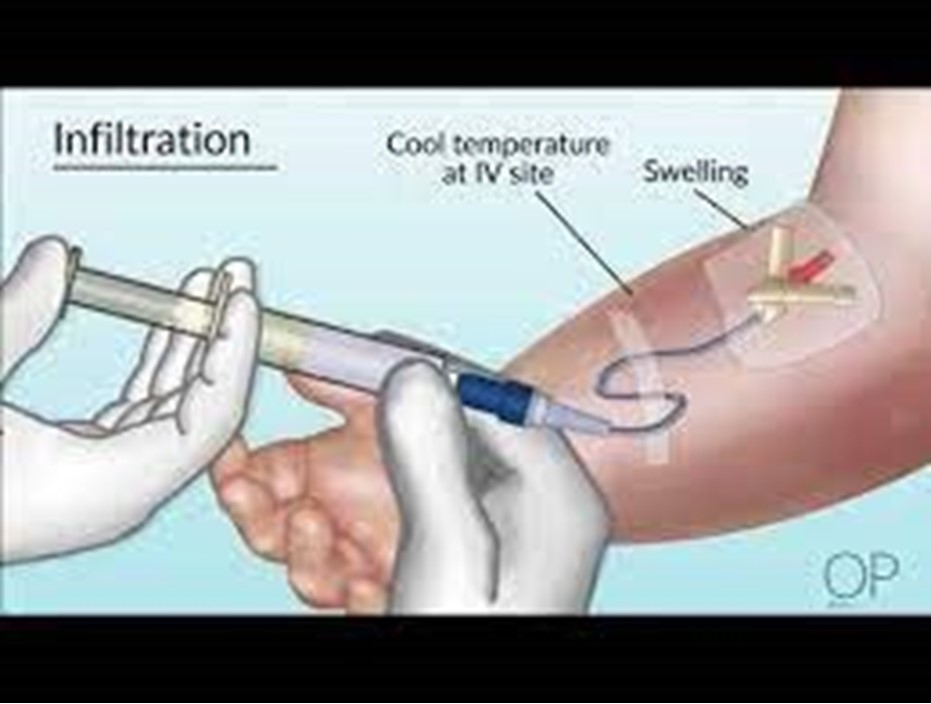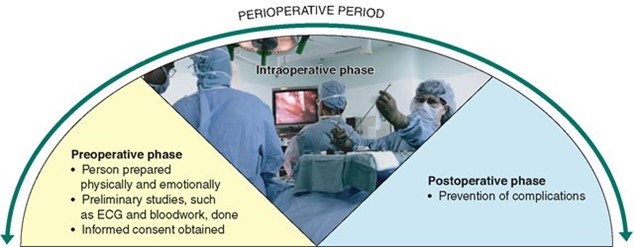A woman who delivered a normal newborn 24 hours ago reports, "I seem to be urinating every hour or so. Is that OK?”. Which action should the practical nurse (PN) implement?
Catheterize the client for residual urine volume.
Evaluate for normal involution, then massage the fundus.
Measure the next voiding, then palpate the client's bladder.
Obtain a specimen for urine culture and sensitivity.
The Correct Answer is C
Correct Answer: C. Measure the next voiding, then palpate the client's bladder.
Choice A rationale:
Catheterizing the client for residual urine volume is not necessary at this point because the woman has recently given birth, and frequent urination is common during the postpartum period. Additionally, catheterization poses risks of infection, so it should be reserved for situations where it is clinically indicated.
Choice B rationale:
Evaluating for normal involution and massaging the fundus is not relevant in this context. Fundal massage is performed after childbirth to ensure the uterus contracts and prevents excessive bleeding. The woman's concern is about frequent urination, which does not require fundal massage.
Choice C rationale:
Measuring the next voiding and palpating the client's bladder is the most appropriate action. The woman's increased frequency of urination could be due to postpartum diuresis, a normal physiological process where the body eliminates excess fluid accumulated during pregnancy. By measuring the next voiding and palpating the bladder, the nurse can assess for bladder distension or retention, which could be signs of a problem.
Choice D rationale:
Obtaining a specimen for urine culture and sensitivity is not indicated in this situation. There is no evidence to suggest that the woman has a urinary tract infection or other urinary issues that would warrant a urine culture at this time.
Nursing Test Bank
Naxlex Comprehensive Predictor Exams
Related Questions
Correct Answer is C
Explanation
The correct answer is choice C - IV infusion site is infiltrated. Choice A rationale:
The client reports feeling nauseous. While this symptom should be monitored, it is not the most crucial finding to report for a client in Addison's crisis. Nausea can be a common symptom during various medical conditions and may not warrant immediate action.
Choice B rationale:
Has not voided in four hours. While monitoring urine output is important, it may not be the most critical finding in Addison's crisis. Other symptoms like electrolyte imbalances and
circulatory collapse is more concerning in this scenario.
Choice C rationale:

IV infusion site is infiltrated. In Addison's crisis, the client's condition may be precarious, and any complications with IV therapy could worsen the situation. It is essential to report this finding promptly to prevent further complications.
Choice D rationale:
A serum glucose level of 85 mg/dL. While monitoring glucose levels is essential in many situations, a glucose level of 85 mg/dL is within the reference range, which means it is not the most critical finding in Addison's crisis.
Correct Answer is ["B","C","D"]
Explanation
These are the information that the PN should obtain prior to administering pain medication to an adult postoperative client because they help to assess the client's current pain level, response to previous medication, and need for further intervention. The PN should also document this information in the medical record and report any changes or concerns.

A. Height and weight of client prior to admission are not relevant for administering pain medication and may not affect the dosage or route of the medication.
E. History of pain medication use during the past year is not relevant for administering pain medication and may not indicate the client's tolerance or preference for the medication.
Whether you are a student looking to ace your exams or a practicing nurse seeking to enhance your expertise , our nursing education contents will empower you with the confidence and competence to make a difference in the lives of patients and become a respected leader in the healthcare field.
Visit Naxlex, invest in your future and unlock endless possibilities with our unparalleled nursing education contents today
Report Wrong Answer on the Current Question
Do you disagree with the answer? If yes, what is your expected answer? Explain.
Kindly be descriptive with the issue you are facing.
